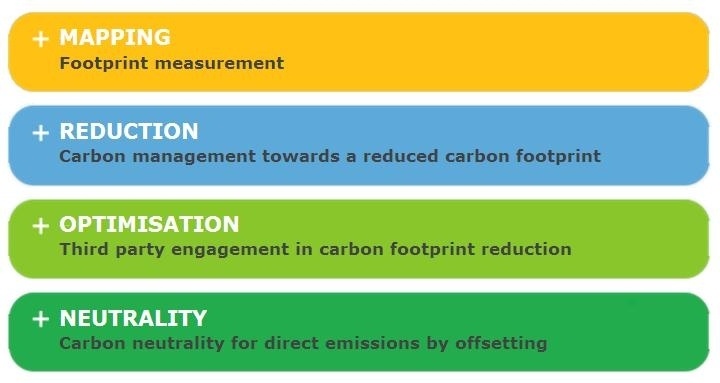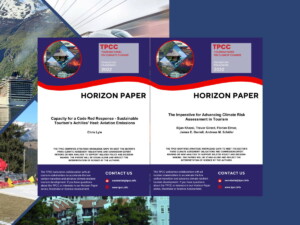Airport carbon dioxide emissions cut by 200,000 tonnes in 2015/16: ACI

The programme is now in its eighth year with 182 accredited airports in 54 countries.
Writing for Airport World, Ms Gittens asserted that ACI’s Airport Carbon Emissions Reporting Tool (ACERT) version 4.0 is “a valuable tool in assisting airports in managing their GHG [greenhouse gas] emissions [and] helps them progress toward accreditation”.
While climate change is “the most pressing environmental problem the world shares”, other environmental concerns related to airports are important; “noise, local air and water quality chief among them”, she wrote.
The International Civil Aviation Organization (ICAO) Committee on Aviation Environmental Protection (CAEP) is “a key focus of ACI’s activity” because it “covers a wide range of measures on environmental protection germane to aviation.
“Most recently, it agreed a new standard of CO2 for aircraft, and has committed to developing guidance on community engagement.
“ACI will make sure that CAEP and the international civil aviation authorities understand the importance of well structured, and constructive community engagement.
“Airports recognise that they are members of the communities in which they operate and need permission to exist and to grow if necessary to accommodate the demand for air service.
“ACI will continue to work in partnership with governments, regulators and other aviation stakeholders to ensure that we do our part in supporting sustainable tourism this year and in the years to come.”
Full column at Airport World.

The four levels of Airport Carbon Accreditation. Source: ACI
What is Airport Carbon Accreditation?
According to the Airport Carbon Accreditation website, it is “the only institutionally-endorsed, carbon management certification standard for airports”.
There are four levels of certification: Mapping, Reduction, Optimisation, and Neutrality.
Each level builds upon the achievements of the previous one. For example, Neutrality includes all of the previous three levels plus the requirement to offset all remaining emissions for which the airport is responsible in order to achieve carbon neutral operations.
What is the Airport Carbon Emissions Reporting Tool?
According to the ACI website, the Airport Carbon Emissions Reporting Tool (ACERT) is “a self-contained Excel spreadsheet that enables an airport operator to calculate its own greenhouse gas (GHG) emissions inventory”
Available “at no cost to airports”, the tool “can be used without emissions or environmental expertise by inputting readily available operational data”.
Featured image: ACI Director General Angela Gittens from Airport World.
Related posts





